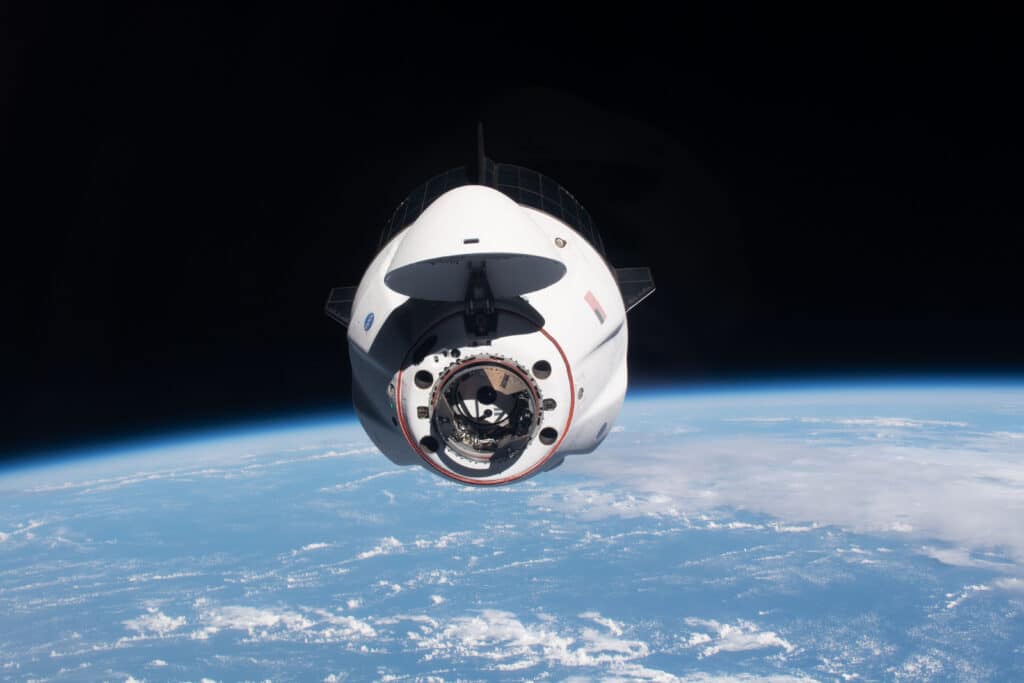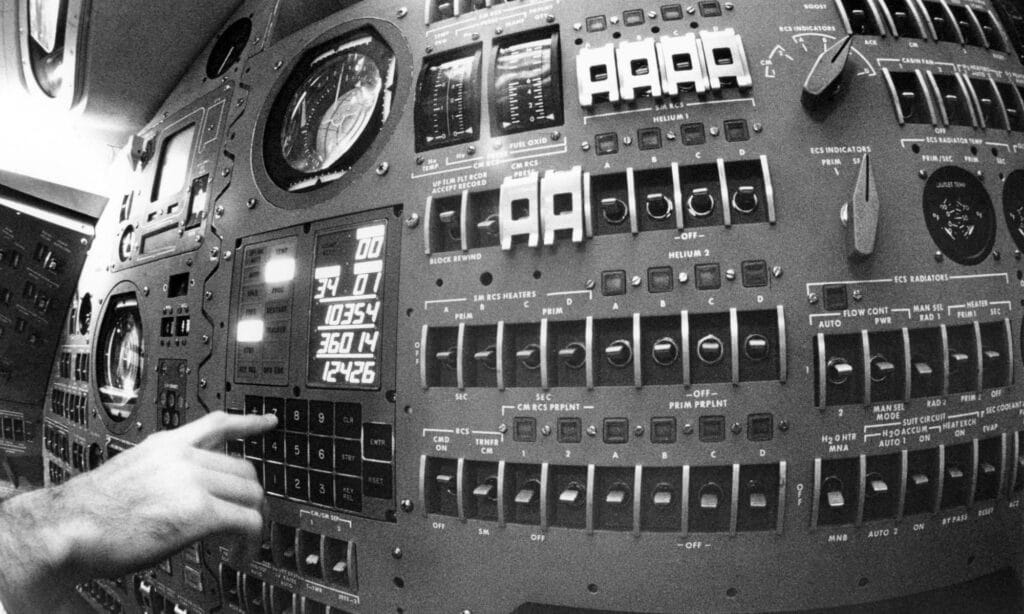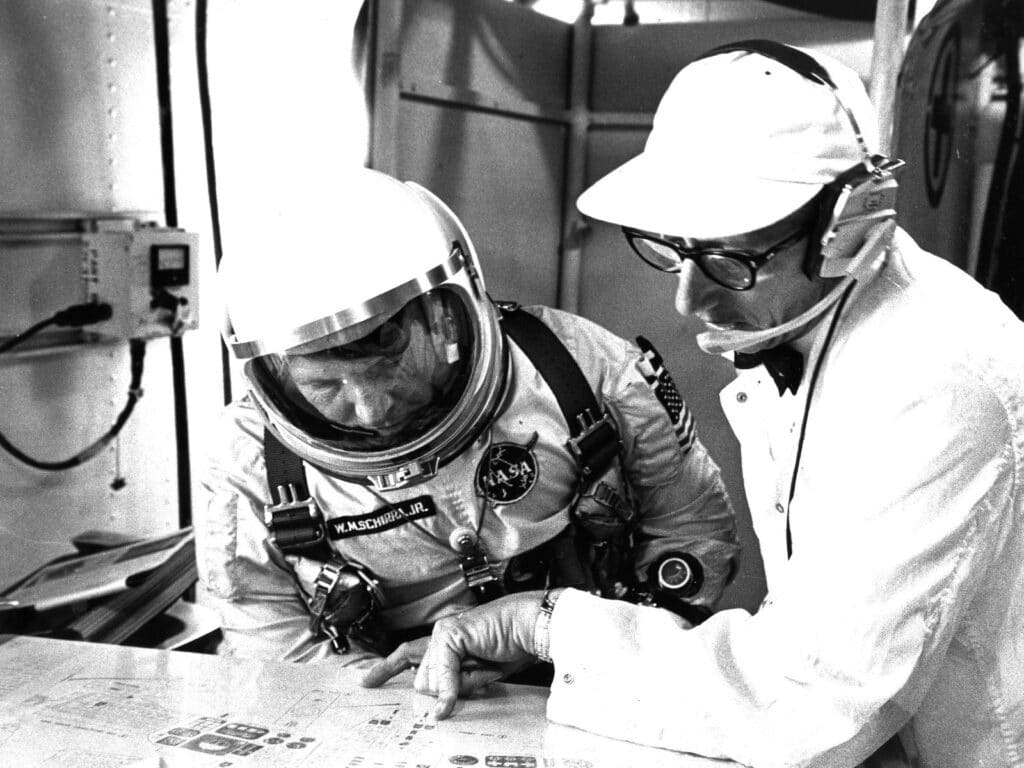The Apollo 11 mission was a monumental achievement in human history, with Neil Armstrong and Buzz Aldrin becoming the first humans to set foot on the moon. Behind the scenes, an unsung hero played a crucial role in the success of this mission: the Apollo Guidance Computer (AGC). In this article, we embark on a techy exploration of the AGC, an extraordinary computer that guided the astronauts to the moon and back, all with a mere 64 kilobytes of memory. So, let’s dive into the fascinating journey of the Apollo 11 Guidance Computer and its contributions to this historic lunar mission.
Contents
The AGC: A Technological Marvel
The AGC was developed by the MIT Instrumentation Laboratory (now Draper) in collaboration with NASA. It was a groundbreaking computer designed to address the unique challenges of space navigation. Its primary function was to provide precise guidance and control for the Apollo spacecraft throughout the mission.
Considering the limited space available onboard the spacecraft and the need for the utmost reliability, the AGC had to be compact and resistant to the harsh conditions of space travel. It was meticulously designed and manufactured using integrated circuits, marking a significant milestone in the field of computer miniaturization.
The AGC had a total memory capacity of 36,864 words, equivalent to approximately 64 kilobytes. This might seem minuscule by today’s standards, but it was a remarkable achievement at the time. Its processing speed was 0.043 MHz, which pales in comparison to modern processors but was sufficient for the mission’s requirements.
To store software and data, the AGC utilized a unique form of memory called core rope memory. It consisted of tiny magnetic cores threaded with wires, forming an intricate pattern of information. This memory technology was non-volatile, meaning it retained its data even when powered off, which is crucial for maintaining critical guidance information during the mission.
Guiding the Journey to the Moon
The AGC played a central role in navigation and guidance, ensuring the spacecraft followed the correct trajectory to reach the moon and return safely to Earth. It constantly received and processed data from various sensors, such as the inertial measurement unit and the landmark tracker, to determine the spacecraft’s position and orientation.
During the lunar module descent phase, the AGC took on the critical task of guiding the spacecraft to a safe landing on the moon’s surface. It calculated and adjusted the descent trajectory based on real-time data, allowing the astronauts to touch down at the designated landing site with remarkable precision.
The software for the AGC was written by a team of talented programmers who meticulously coded every instruction by hand. They worked under tight constraints and extreme scrutiny to ensure the software’s accuracy and reliability. Their dedication and attention to detail were instrumental in the success of the Apollo 11 mission.
The Legacy of the AGC
The AGC represented a significant milestone in computer technology. Its development pushed the boundaries of miniaturization, reliability, and real-time processing. The advancements made in integrated circuits, memory technologies, and software engineering during the AGC’s development paved the way for future innovations in computing.
The AGC’s user interface, though rudimentary by today’s standards, introduced the concept of human-computer interaction in space exploration. Astronauts interacted with the AGC using a numeric keypad and a display known as the DSKY (Display and Keyboard). This interface laid the groundwork for more sophisticated user interfaces in subsequent space missions.
The Apollo 11 Guidance Computer, with its mere 64 kilobytes of memory and limited processing power, played an instrumental role in the success of the historic lunar mission. Its innovative design, reliability, and precise guidance capabilities ensured that the astronauts reached the moon and returned safely to Earth. The AGC’s legacy lives on in the advancements it brought to computing technology and human-computer interaction.




